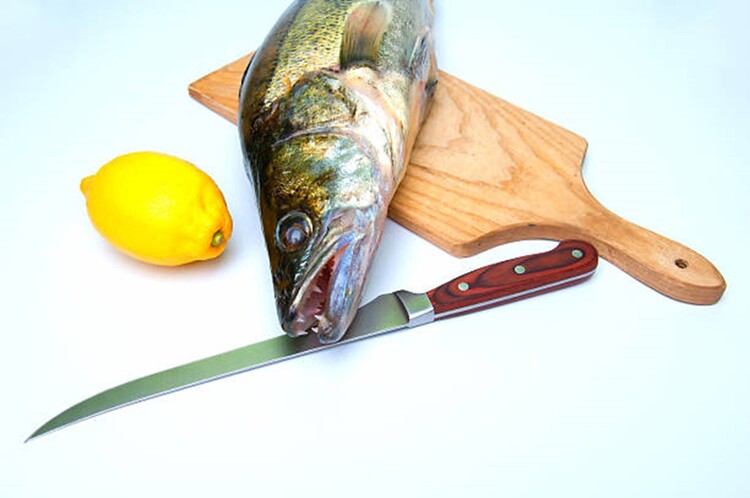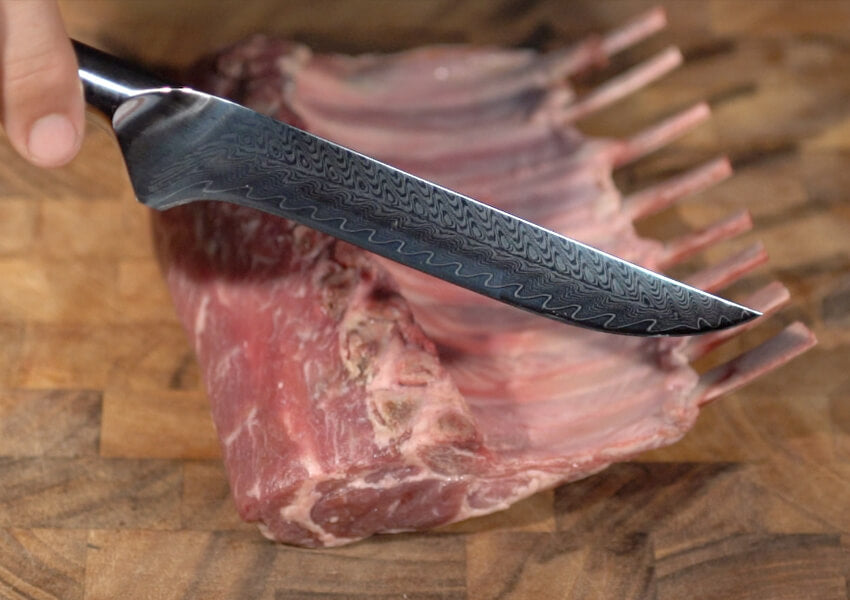For many kitchen professionals and cooking aficionados, mastering the art of how to bone a duck is a rewarding skill. Whether you’re preparing a gourmet meal or simply want to enhance your culinary repertoire, learning to bone a duck can elevate your cooking game. In this comprehensive guide, we’ll delve into the essential steps and techniques to efficiently and effectively bone a duck.

Understanding Why Boning a Duck is Important
Before diving into the process, it’s crucial to understand the importance of boning a duck. Boning not only helps in even cooking but also allows you to create a variety of dishes with ease. Removing the bones provides more flexibility in cooking and presentation, making it a valuable skill for any chef.
Essential Tools for Boning a Duck
To achieve the best results, having the right tools is essential. A sharp, flexible boning knife is crucial for efficiently removing the bones without damaging the meat. Additionally, a pair of kitchen shears and a sturdy cutting board will make the process smoother.
Preparing the Duck for Boning
Preparation is key to successfully boning a duck. Start by patting the duck dry with paper towels. This reduces slipperiness and ensures a firm grip during the boning process. It’s also advisable to let the duck rest at room temperature for about 15-20 minutes before starting.
Step-by-Step Boning Process
1. Removing the Wings
Begin by removing the wings at the joint where they connect to the body. Use your narrow boning knife to carefully cut through the joint, ensuring you leave as much meat on the duck as possible.
2. Detaching the Legs
Next, move to the legs. Cut through the skin between the leg and the body, then bend the leg backward to locate the joint. Use your knife to sever the joint and remove the leg.
3. Removing the Backbone
With a pair of kitchen shears, cut along both sides of the backbone to remove it. This step requires precision, so take your time to avoid cutting into the meat.
4. Boning the Breast
Lay the duck breast-side up and start at the breastbone. Use your knife to carefully separate the meat from the bone, following the natural curve of the ribcage. Repeat this on the other side to completely remove the breast meat.
Tips for Perfectly Boned Duck
Boning a duck can be challenging, but with practice, you can master it. Here are some tips to help you along the way:
- Keep your knife sharp for precise cuts.
- Take your time to avoid tearing the meat.
- Practice regularly to improve your skills.
Using Boned Duck in Recipes
Once you’ve mastered how to bone a duck, you can explore a myriad of recipes. Boned duck is perfect for dishes like duck confit, stuffed duck, and even duck stir-fry. The possibilities are endless!
Exploring Different Boning Techniques
While the above method is widely used, there are alternative techniques to bone a duck. Some chefs prefer to use a different boning knife or approach the process from a different angle. Experiment with various techniques to find what works best for you.
Maintaining Your Boning Knife
Proper maintenance of your boning knife is crucial for optimal performance. Regularly sharpen and hone your knife to ensure clean cuts. This not only enhances efficiency but also prolongs the life of your knife.
Common Mistakes to Avoid
Even seasoned chefs can make mistakes when boning a duck. Here are some common pitfalls to avoid:
- Using a dull knife, which can tear the meat.
- Rushing the process, leading to uneven cuts.
- Neglecting to remove all bone fragments.
Final Thoughts on Boning a Duck
Mastering how to bone a duck is a valuable skill for any kitchen enthusiast. With patience and practice, you can achieve perfectly boned duck, ready to be transformed into delicious dishes. Embrace the challenge and enjoy the culinary journey!

Frequently Asked Questions
Why should I bone a duck?
Boning a duck allows for even cooking and greater flexibility in preparing various dishes. It also enhances the presentation of your meals.
What type of knife is best for boning a duck?
A sharp, flexible boning knife is ideal for this task. It allows for precise cuts and easier maneuvering around bones.
Can I use the same technique for other poultry?
Yes, the technique for boning a duck can be applied to other poultry, such as chicken or turkey. However, adjustments may be needed based on the size and structure of the bird.
For more insights on knife techniques, check out this [external guide](https://choppnknives.com/curved-vs-straight-boning-knife/), which provides valuable information on choosing the right boning knife for different tasks.
This article contains affiliate links. We may earn a commission at no extra cost to you.


